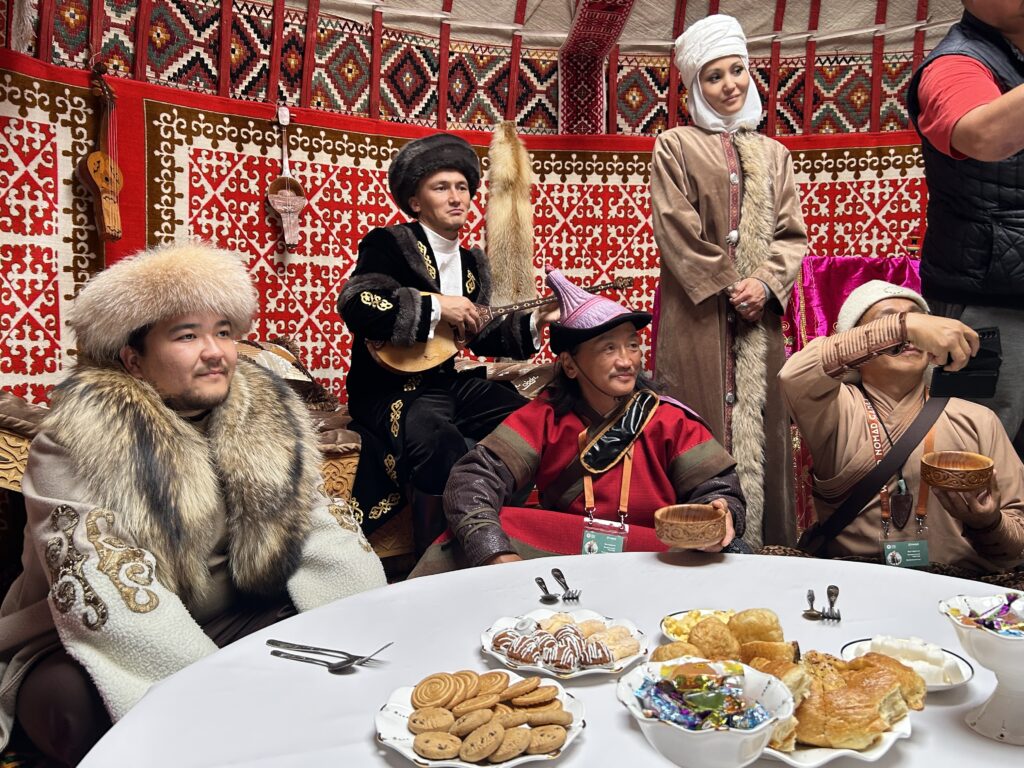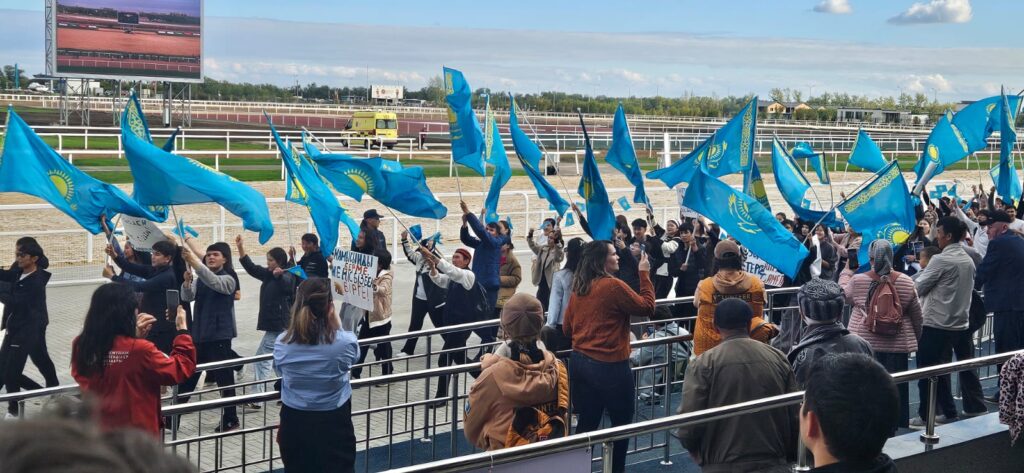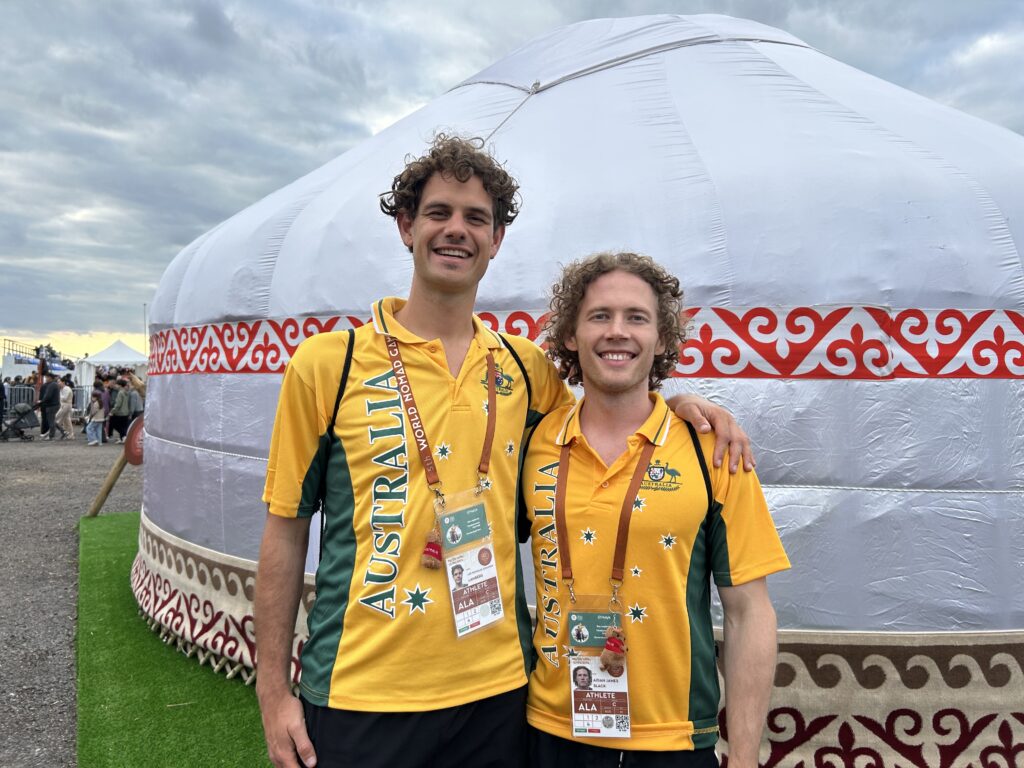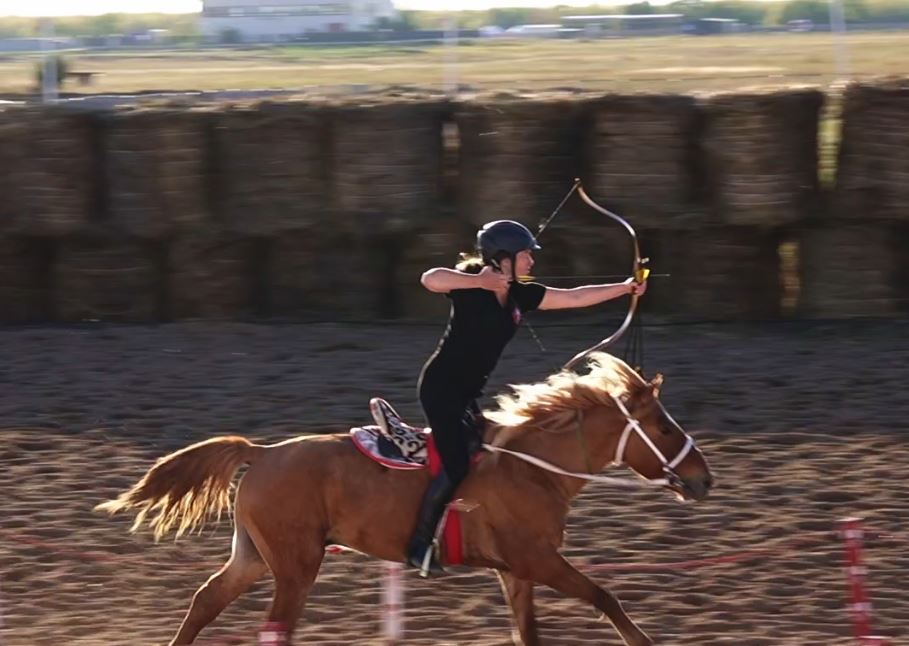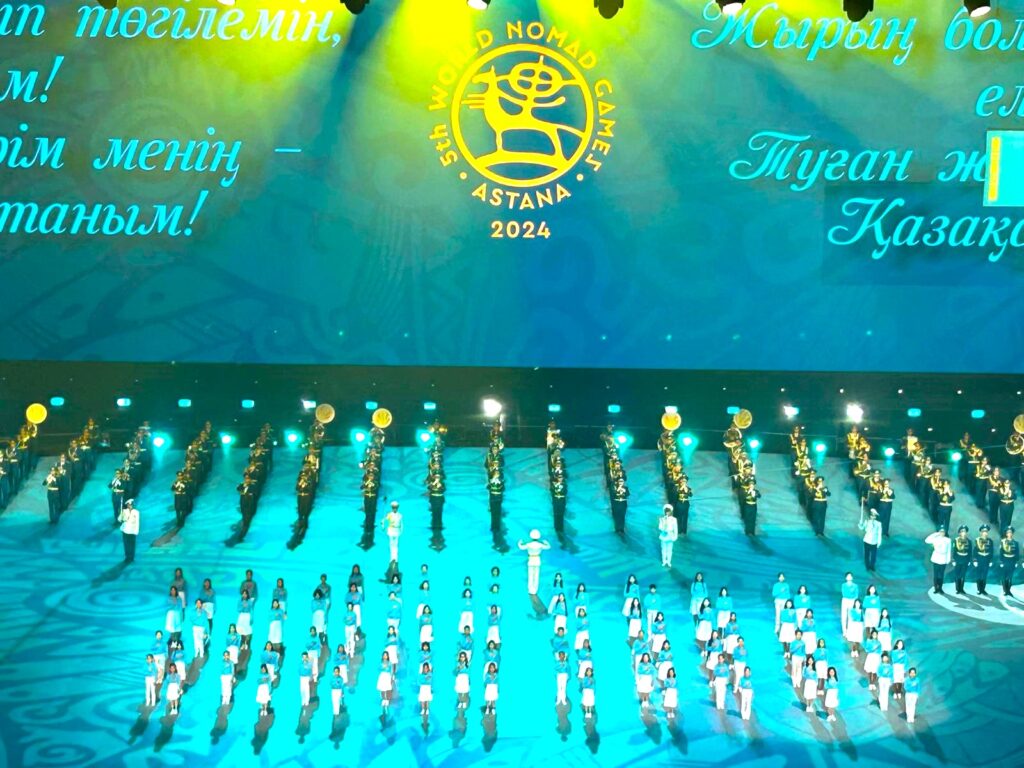The World Nomad Games Day Three: A Feat of Spiritual Endurance
Though the World Nomad Games are often defined as an “international sport competition dedicated to ethnic sports,” the event is so much more. As described by Sultan Raev, General Secretary of the International Organization of Turkic Culture, even the sports themselves are “not about physical strength. They are about spiritual endurance.” Today, TCA took in the wider cultural context behind the Games, exploring the celebration of identity which the event represents. [video width="1920" height="1080" mp4="https://timesca.com/wp-content/uploads/2024/09/IMG_3871-1.mp4"][/video] At the very heart of the Games, the Ethnoaul acts as a huge showcase for cultural heritage. Each day, the Dumandy dala (Joyful Steppe) concerts offer a platform for groups from all over the country: ethno-folklore ensembles, Kazakh national orchestras, soloists, dance troupes, and more. From dueling dombras - a traditional two-stringed instrument - to traditional Kazakh music vaguely akin to rap in which the protagonists air their grievances, nomadic culture is truly alive here, not just as a historical curiosity, but as a vibrant heart belonging to the people; a heart which is equally at home in the modern world. [video width="1920" height="1080" mp4="https://timesca.com/wp-content/uploads/2024/09/IMG_3867.mp4"][/video] Indeed, as stated by President Tokayev in his keynote speech at the opening ceremony: “the great nomadic life will never cease to exist. Even amid globalization, the nomadic lifestyle that existed for a thousand years is reviving and taking a new shape. Modern nomads are making efforts to reclaim a central place in history. We are moving and traveling easily all over the world in search of education and job opportunities.” Since Estonia became the first country to offer a “digital nomad visa” in 2020, sixty-five more nations have followed suit, with their number continuing to expand. Nomad culture, it seems, is alive and kicking. [caption id="attachment_22985" align="aligncenter" width="2560"] Reconstruction of the costume and weapons of an 11th century Sarmatian leader; image: TCA, Stephen M. Bland[/caption] The Ethnoaul hosts yurts from across the nation, where representatives of regions have gathered to display their distinct history and traditions, from a reconstruction of the costume and weapons of an 11th century Sarmatian leader whose remains were found in a burial mound in Atyrau in 1999, to the Shymkent region’s focus on the mercantile activities which made the Great Silk Road great. With a traditional purple-suited ensemble from Akmola playing as young girls in long green dresses and sequined headdresses pirouette, it certainly makes for a tremendous feast of colors, sights and sounds. [caption id="attachment_22986" align="aligncenter" width="2560"] Young dancer twirl; image: TCA, Stephen M. Bland[/caption] This sense of national pride in tradition is not lost on visitors from neighboring lands, as evinced by the preponderance of Kyrgyz men in traditional kalpaks - the tall, traditional felt hat designed to allow air to circulate whilst resembling a peak from the Tien Shan Mountains. [caption id="attachment_22987" align="aligncenter" width="2560"] A group from Akmola serenade the croed; image: TCA, Stephen M. Bland[/caption] The Games act as a showcase for these identities, and an opportunity to at once celebrate and reenforce them whilst sharing them with the wider...
